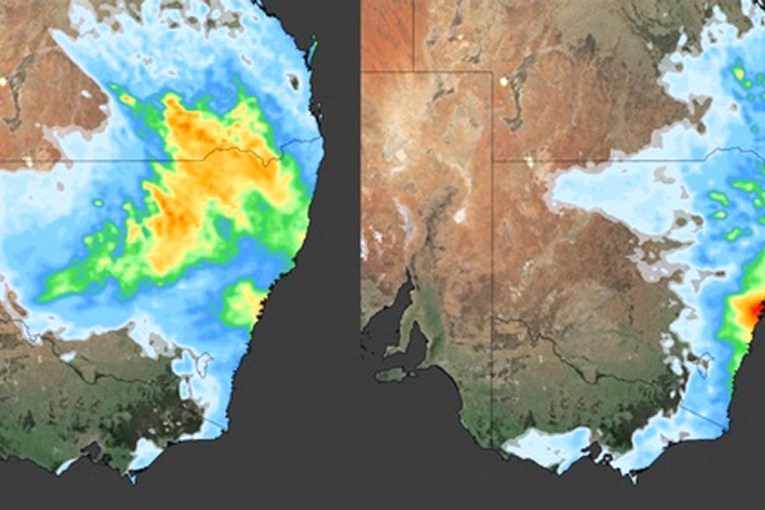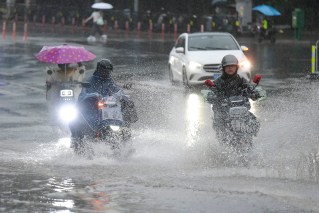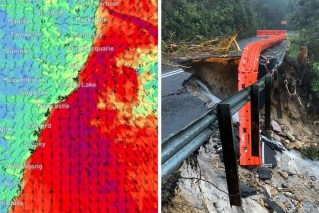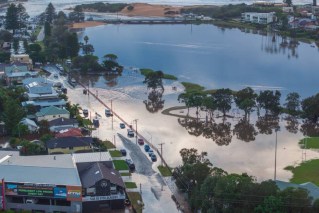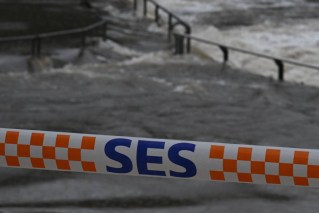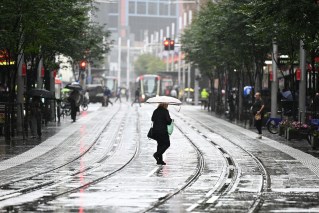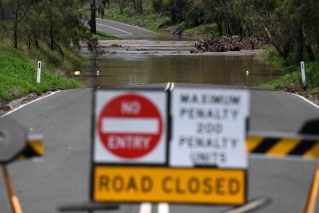Unseasonably hot weekend a taste of what’s to come

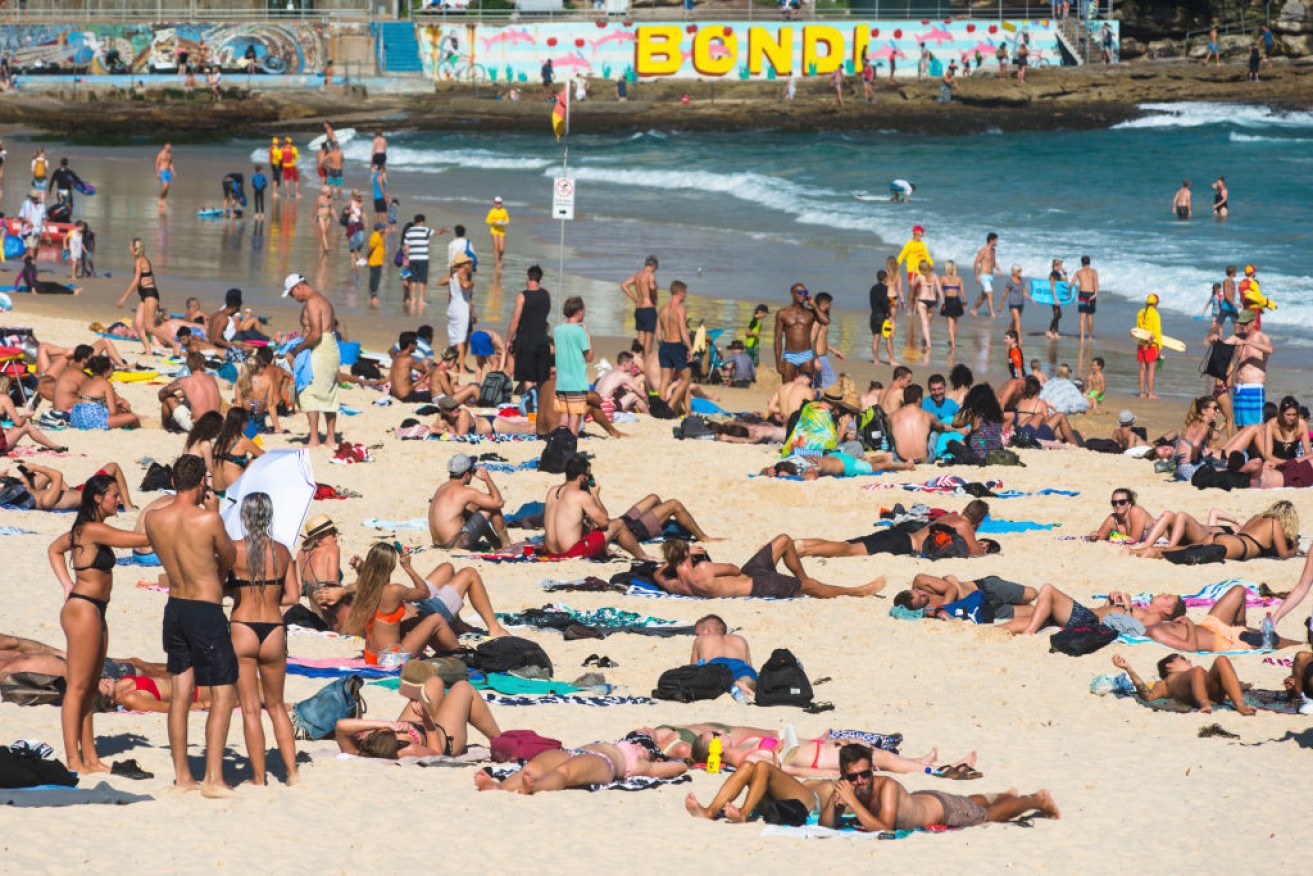
Sydney is set for some unseasonably hot weather. Photo: Getty
Australia’s east is on the brink of an unseasonably hot weekend – and while it might be pleasant for many of us, it also offers a warning.
Temperatures in Sydney are tipped to soar to 31 degrees on Saturday and 29 degrees on Sunday, when tens of thousands are expected to pack the waterfront for the Sydney Marathon.
“Hot weather conditions will see temperatures up to 10 degrees Celsius above usual for this time of year in parts of the state, and NSW Health encourages people to take care of themselves and those who may be more vulnerable this weekend,” NSW Health executive director of health protection Dr Jeremy McAnulty said on Friday afternoon.
“People over 65, people with chronic medical conditions and babies and young children are particularly sensitive to the heat. Stay in regular contact with elderly neighbours, friends and relatives who may need help.”
It’s also going to be warm in Melbourne, which will reach a top of 25 degrees over the weekend, and in Adelaide, which is expected to get up to 29 on Sunday.
Brisbane will also have plenty of sunshine and a top of 27 degrees at the weekend, while Canberra will bask in temperatures in the mid-20s.
In Darwin, it will reach the low 30s on Saturday and Sunday.
Perth is an odd one out – the Western Australian capital is due for rain on Saturday, and top temperatures in the low-20s.
Hobart will be the coldest capital city in Australia this weekend, with forecast tops of less than 20 degrees and rain likely on Saturday.
Source: Bureau of Meteorology
‘Warmer than usual’ spring
While many across the south-east are probably going to lap up the sun and enjoy the heat, the unseasonable spring spell has ominous signs for summer.
Weatherzone meteorologist Maryam Al-Ansari said the early warmth wasn’t too unusual.
“We will be having a warmer than usual kind of spring and that’s kind of typical for years where we’re heading into El Nino,” Al-Ansari said.
“We’re seeing positive indications of El Nino in the Pacific Ocean, [and so] we kind of expect this kind of drying and warming to happen.”
The Bureau of Meteorology’s most recent long-range forecast predicts that, from October to December, most of Australia is three times more likely than usual to experience “unusually high maximum temperatures”.
Most of western and central WA and parts of central and south-eastern Australia are even more likely to have higher maximums in coming weeks.
The weather bureau is yet to officially declare an El Nino for this summer, with its official view remaining “on alert”.
The weekend heat has also brought early fire warnings.
“Elevated fire dangers are expected over this weekend, increasing early next week,” BOM tweeted for NSW.
“Hot and windy conditions could lead to extreme fire dangers in places on Tuesday and Wednesday.”
There was a similar warning for Queensland, high fire danger in the central and northern interior regions over the weekend. It will extend to southern and south-east Queensland next week.
Source: Bureau of Meteorology
Warnings ahead of hot weather
The Australian Red Cross has urged millions in the south-eastern states to prepare for the hot weather ahead.
“Heatwaves are extremely dangerous, and it’s vital people have a plan to keep cool,” NSW state director Kate Miranda said.
“When temperatures rise, simple steps like keeping hydrated, staying indoors and wearing light clothing can make a significant difference”.
There are a few things people can do to cope during the heat.
The Red Cross suggests drinking water regularly, noting that alcohol, tea, coffee and sugary or fizzy drinks can make dehydration worse.
It’s also best to eat little and often, preferably cold food, such as salads and fruit that contain water, as opposed to indulging with large, hot meals.
During the hottest part of the day, it’s best to stay indoors, in the coolest room of the house, or at the very least, in the shade. If indoors, ensure there is sufficient airflow, either with air-conditioning or by opening a window.
When outside, wear a hat and light-coloured, loose-fitting clothes, preferably made of natural fibres, sunglasses and sunscreen. Cold showers and splashing the body with water several times a day can do wonders to cool you down.

South-eastern parts of the country are in for a warm weekend.
Asthma warning
Meanwhile, allergy sufferers should be on alert in Melbourne and Sydney.
In Melbourne, the fear is the risk of thunderstorm asthma, with a warning that conditions are similar to those that brought deadly storms in 2016.
With a hotter and drier spring forecast, Ambulance Victoria emergency management director Justin Dunlop said he had been advised conditions were “very similar” to 2016.
In November 2016, Melbourne experienced the world’s largest epidemic thunderstorm asthma event, overwhelming emergency services and leading to 10 deaths.
Among those worst affected were people with seasonal hay fever who had never previously had asthma.
“We’re certainly preparing in Ambulance Victoria for this season,” Dunlop said on Friday.
“If you have mild hay fever, a little bit of trouble breathing, go and talk to your local doctor, make sure you’ve got a plan and follow your plan.”
In Sydney, the smoke haze that has blanketed the city for much of this week should clear by Sunday. But its effects may linger.
Australian Medical Association NSW president Michael Bonning said there had been an increase in asthma attacks and respiratory symptoms this week, mainly in children and the elderly.
“I think people were caught a little bit by surprise with the hazard-reduction burns and a significant amount of smoke and so we have seen reports from our colleagues in hospitals that they are seeing more cases,” Bonning told the ABC.
The NSW Rural Fire Service scaled back its hazard-reduction burns on Friday, as temperatures rose.
Increasing winds by Sunday mean the skies are likely to clear – good news for the 42,000 runners who have entered the Sydney Marathon, and the 100,000 more expected to line the streets to watch them.
